Arrested Development, Netflix and Nolan walk into a bar named VOD for some binge-viewing and we all win
Arrested Development Season Four debuted over the weekend on Netflix, and, although we won’t see any kind of traditional ratings from Netflix, I can safely observe that it’s been a huge trending topic online and in traditional media. I was never a big fan of the show, but I watched the first three new episodes to see what all the fuss was about, and my opinion didn’t change. I admire the effort, but I just don’t find it very funny. The choppy structure and the omni-present narration become grating after a few minutes and I find myself itching to watch a complete scene. “Let a scene play out!” and “Shut up, Opie Cunningham!” may have been heard in my living room as I tried to keep up with what felt like a non-stop highlights reel. Maybe it’s just not my style of comedy; I happen to love Happy Endings, a sitcom that has now been canceled because I was apparently the only one who bothered watching it. Comedy is subjective, we know this. So I was planning to toss AD in the “Don’t Watch” bin with The Big Bang Theory.
But then I heard from a number of sources that the season really finds its groove around episode five or episode seven, depending on the source. In other words, the intricate story and character beats start to come together, pay off and the arc of the season is revealed — but you have to hang in there to really get it. In fact, the creators may have designed it this way intentionally, knowing that the Netflix platform allows for unlimited repeat viewings.
When every episode is available all the time, it’s okay for something in the second episode to not make any sense until the ninth, right? People are going to be watching them in one big marathon anyway, right, so it will be viewed as one sprawling story in multiple chapters, like a book, rather than a classic weekly sitcom?
Those two questions, and of course the crucial third, “How can we make money from this crap?” are being debated in the halls of every big media company in the world at this moment. And these are BIG questions, because they affect the classic revenue model of broadcast, scripted television: ad sales. That, and the system by which the industry rates viewership and thus sets those ad fees, is under a sweeping re-evaluation right now, making this a huge time of flux for television.
It may sound crazy, because it is, but the industry basically just started seriously treating DVR viewing as a crucial part of a show’s ratings! (How long have we been watching our DVRs?) But major corporations, and Wall Street, are very slow to change, so it’s now just becoming apparent to them that if a show’s ratings double once DVR viewings are taken into account, and social media trending is high and VOD sales are brisk, then it may just be a “hit” even though it appears to be a “bomb” by the antiquated live viewing Nielsen standards.
The business side of television may sound more complex, risky and fast-evolving than ever, but when it comes to the creative side, I’d like to think it’s a boom time. More scripted television is going into production for more platforms than ever before. We can’t go one week without reading in the trades about some new website or cable channel that has announced a “slate” of scripted programming. Not just one show, a slate, mind you! (How they’re paying their writers, or in some cases, if they’re paying their writers is another matter, but trust me when I tell you there’s still a lot of money in television.)
 “Dan has created a book that is straightforward and full of valuable insight and guidance for screenwriters at different experience levels.”
“Dan has created a book that is straightforward and full of valuable insight and guidance for screenwriters at different experience levels.”
-Laurie Lamson, Editor, Now Write! Screenwriting
With that said, I fully support Netflix, Amazon, Hulu and any other emerging media network that puts quality scripted programming into the mix to compete for our eyeballs and hearts. As for Arrested Development, I’m going to give it another try. In fact, I’m probably going to jump to episode five, and if that doesn’t grab me, then jump to episode seven and I’ll give it until episode eight. If by then it still isn’t doing it for me, it’s curtains for the Bluths. I’m sure they’ll survive without me.
But I must confess, here’s what really excites me about the buzz that Netflix has managed to brew up with AD, their third original series after House of Cards and Hemlock Grove: its success is proving that a new network devoted entirely to “on demand” viewing can withstand, promote, and maybe even necessitate complex storytelling. Content that demands to be watched more than once. Not that this is new in television — The Wire, The Sopranos, Mad Men — these shows and others contain too many characters, plotlines, and brilliant thematic connections arched over multiple seasons to track with a single viewing. Of course, we’d all love to see more shows at this level of quality and the platform doesn’t matter.
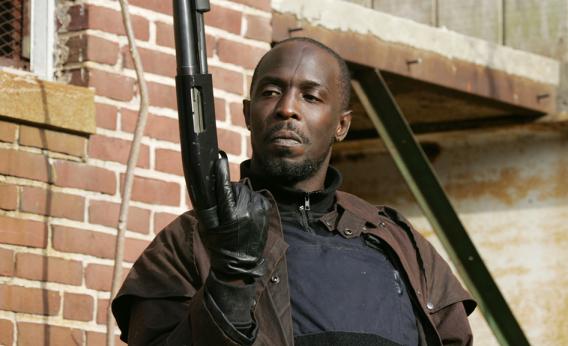
“How you expect to run with the wolves come night when you spend all day sparring with the puppies?”
But here’s the thought that really blew my mind: Nolan on Netflix.
What if a Memento or Inception-esque series were to play on Netflix?
The Prestige as a 13 episode arc.
A truly great superhero saga with the complexity and drama of The Dark Knight Trilogy.
A tall order, for sure, but if a company like Netflix is willing to put $100 million into two seasons of House of Cards and attract world-class feature directors like David Fincher, then I think there’s incredible potential in this emerging VOD landscape.
Imagine a filmed world so intricate, complex, and perhaps even ultimately ambiguous that there’s no way mainstream audiences used to one or two viewings would accept it, thus it would take a more niche, devoted fan base and only an on-demand platform to make it work? I don’t quite know what that means or how it would work, but I have a feeling that we’re going to find out in the next couple years. We may be seeing the first steps in the next Golden Age of television evolution, just like the one that began in the late 90s (and I would posit will end when Breaking Bad and Mad Men complete their runs), as chronicled by Alan Sepinwall in his excellent book, The Revolution Was Televised.
Ultimately, the viewer will decide what works and what does not. It all comes down to choice, and right now, I’d say our best choice is to stay tuned and watch what happens.
Good luck and happy writing,
Dan
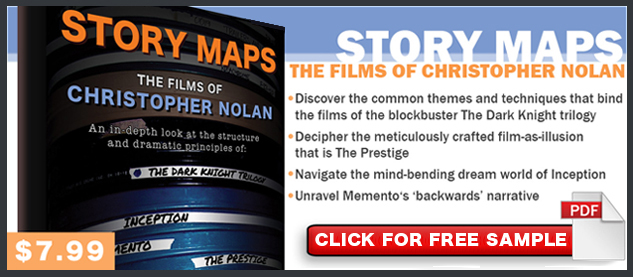 “…as much as an analysis of Nolan the filmmaker as it is an analysis of story structure within his films.”
“…as much as an analysis of Nolan the filmmaker as it is an analysis of story structure within his films.”
-Script Magazine

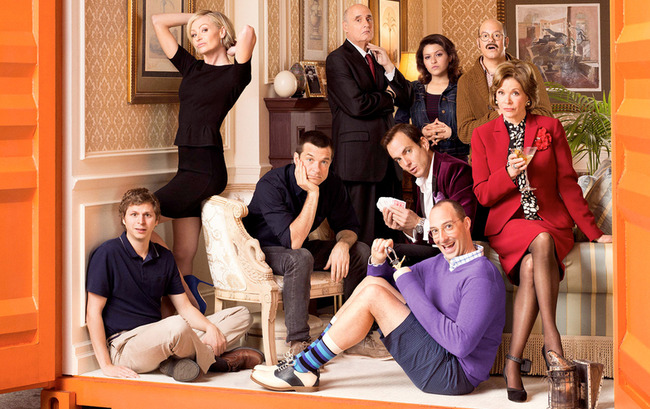
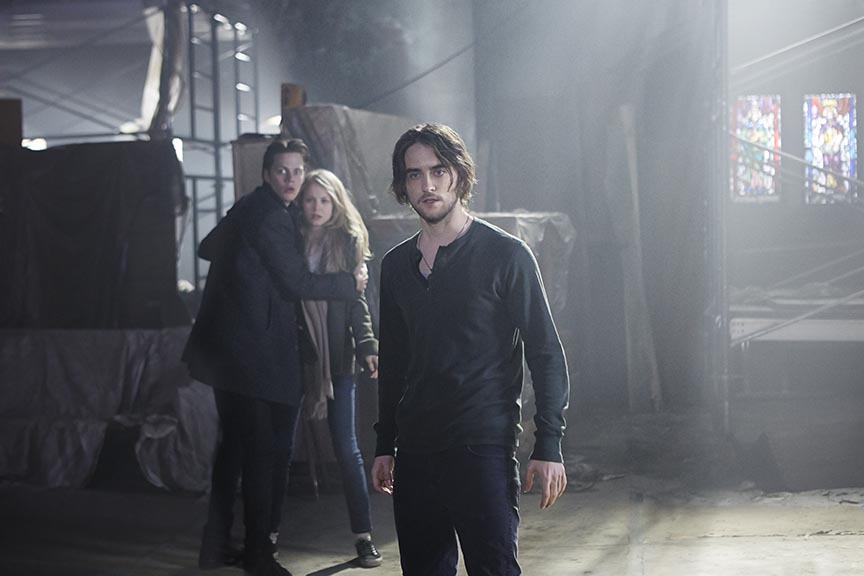


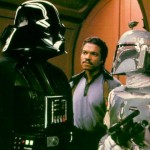
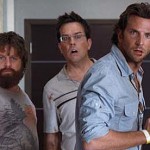
Leave a Reply
Want to join the discussion?Feel free to contribute!